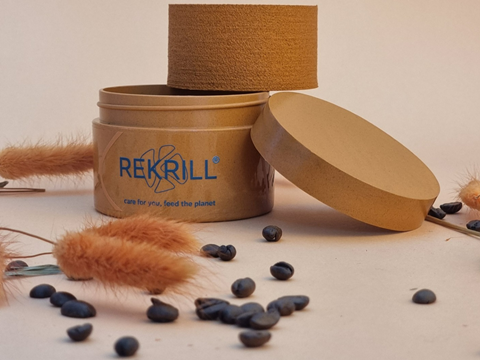
Krill Design’s ReKrill biopolymer - derived from resources including citrus peels, coffee grounds, wine residues and bran - is said to be 100% recycled, biodegradable and aims to offer the same technical reliability as traditional plastics.
According to the company, ReKrill is biodegradable and compostable with no microplastics or toxic residues, even in marine environments, and has up to 67% fewer CO2 emissions compared to conventional plastics. The biopolymer is apparently made using only the non-edible parts of food such as peels or shells, ensuring no competition with agricultural resources.
Krill Design adds that ReKrill matches the mechanical and thermal resistance of standard plastics and is compatible with existing plastic processing equipment, seeking to offer versatility in texture and applications including luxury packaging.
In similar news, last year we reported on Clariant’s call for a shift away from montan wax in coatings and plastics in favour of rice bran wax, a rice industry byproduct thought to lower carbon footprints by up to 80% and aid in thermoplastic and biopolymer production. Clariant says its Licocare RBW Vita rice bran waxes offer a renewable carbon index of over 98% and a carbon footprint reduction of up to 80% compared to fossil-based montan wax.
More recently, the European BIOSUPPACK project announced the development of a compostable, renewable material from brewer’s spent grain that can replace conventional polyolefins and be used to develop new thermoplastic materials and coatings for packaging in the food, cosmetics, and household cleaning sectors. Project leader AIMPLAS states it has successfully transformed spent grain waste into a high-value-added biopolymer, PHB, from the polyhydroxyalkanoates (PHA) family.
If you liked this story, you might also enjoy:
The ultimate guide to the Packaging and Packaging Waste Regulation in 2025
How are the top brands progressing on packaging sustainability?
Everything you need to know about global packaging sustainability regulation in 2025
The key to increasing the use of reusable packaging in supermarkets

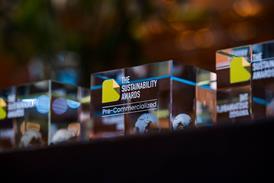

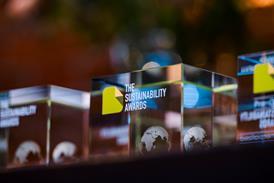
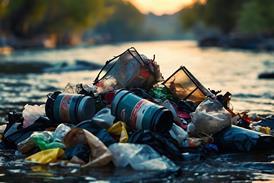
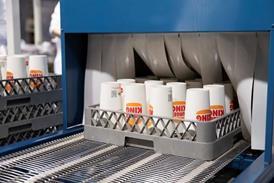






No comments yet